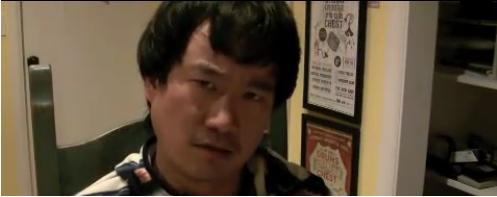
On this second-to-last day of Black History Month, let us return to posts past.
We have been urged to celebrate Black History Month…
- …with fried chicken and collard greens.
- No really, with fried chicken and collard greens! (pictured)
- …by relaxing our hair and drinking kool-aid.
- …by conflating them with “underprivileged” people.
- …with a “Compton Cookout” complete with blackface and nooses!
- …by buying stuff from companies that do nothing but acknowledge Black History Month.
<sarcasm> Good times. </sarcasm>
Lisa Wade, PhD is an Associate Professor at Tulane University. She is the author of American Hookup, a book about college sexual culture; a textbook about gender; and a forthcoming introductory text: Terrible Magnificent Sociology. You can follow her on Twitter and Instagram.






